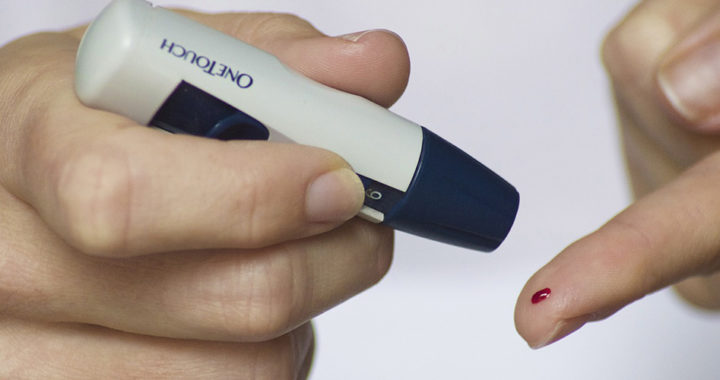Diabetes mellitus or diabetes is a group of metabolic disorders characterized primarily by elevated blood glucose or blood sugar levels over a prolonged period. There are three main types of diabetes. These are type 1 diabetes mellitus, type 2 diabetes mellitus, and gestational diabetes. This article briefly explains the difference between type 1 diabetes and type 2 diabetes.
Type 1 Diabetes vs. Type 2 Diabetes: The Difference
1. General Differences Between Type 1 and Type 2 Diabetes
Diabetes mellitus type 1 or type 1 diabetes is a condition characterized by the failure of the pancreas to produce enough levels of a hormone called insulin due to the loss of beta cells in the pancreatic islets. Note that this type of diabetes is previously known as insulin-dependent diabetes mellitus or juvenile diabetes.
On the other hand, diabetes mellitus type 2 or type 2 diabetes is characterized by an initial insulin resistance or an inability of cells to respond to insulin properly. As this disease progresses, the body or more specifically, the pancreas may also develop an inability to produce enough levels of insulin. Previous terms for this type of diabetes were non-insulin-dependent diabetes mellitus and adult-onset diabetes.
The cause of type 1 diabetes remains unknown although experts believe that it involves a combination of genetic and environmental factors. Some theories explain that the cause may be due to genetic susceptibility, diabetogenic trigger, and exposure to an antigen. On the other hand, type 2 diabetes is also generally believed to be caused by genetic and environmental factors, with poor diet and obesity considered as notable risk factors.
2. Difference in Terms of their Respective Pathophysiology
To understand further the difference between type 1 and type 2 diabetes, it is important to note their respective pathophysiology. Hence, the pathophysiology of type 1 diabetes centers on the destruction of beta cells in the pancreas. Different risk factors can have their distinctive pathophysiological processes that eventually result in beta cells destruction. An autoimmune response against beta cells seems to be the common process involved in most risk factors.
In type 2 diabetes, the pathophysiology involves insulin resistance occurring primarily within the muscles, liver, and fat tissues. The pancreas will try to increase its insulin production as a response to the inability of cells to use this hormone properly. However, over time, the pancreas losses its ability to keep up with the resistance, thus prompting it to produce insulin less instead.
Take note that not all individuals with insulin resistance develop diabetes. An impairment of insulin production by beta cells in the pancreas is a requirement of the definition. In other words, the type 2 form of diabetes involves insufficient insulin production in the setting of insulin resistance.
3. Similarities and Differences in Management and Treatment
Both type 1 diabetes and type 2 diabetes share some similarities regarding notable signs and symptoms. Both conditions are characterized by increased thirst, frequent urination, weight loss, increased hunger, fatigue, blurry vision, and poor healing. In addition, both also share similar complications to include heart disease, stroke, kidney failure, diabetic, neuropathy or nerve damage, foot ulcers, and damage to the eyes. The goal of management is to lessen these symptoms and prevent complications.
While type 1 diabetes is currently not preventable, type 2 diabetes can be prevented or delayed with proper nutrition and regular exercise. Both types of diabetes have different management as well, although sharing similarities in terms of lifestyle interventions to include a low-carbohydrate diet and exercise.
Managing type 1 diabetes involves the use of insulin therapy or the injection of insulin. Diet and exercise alone are not sufficient, and individuals with this type of diabetes need to control their blood sugar levels through insulin therapy. Other cases require pancreas transplantation or islet cell transplantation, especially if individuals are not responding properly to insulin therapy.
In type 2 diabetes, management primarily involves the use of anti-diabetic medications such as metformin as the first line of treatment. The purpose of these medications is to increase the amount of insulin produced by the pancreas, increase the insulin sensitivity of target organs, and/or decrease the rate at which glucose is absorbed from the gastrointestinal tract. Some cases of type 2 diabetes may require injection of insulin. Other management options include weight loss programs through diet and exercise or weight loss surgery.
